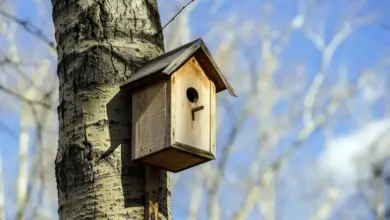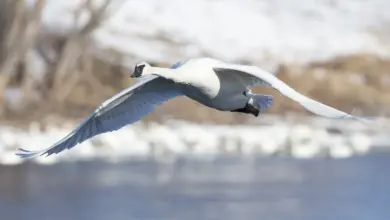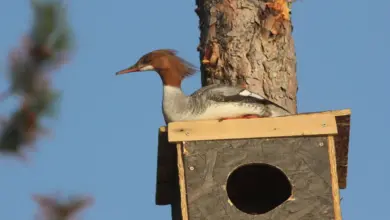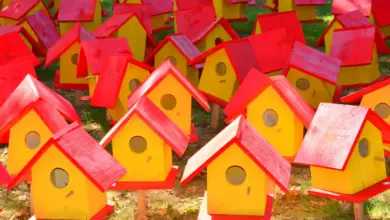Twelve-wired Bird of Paradise in Walsrode
Breeding the Twelve-wired Bird of Paradise in Weltvogelpark Walsrode
Age is not an obstacle!
Author: Dipl.-Biol. Anne Hoppmann
Hand-rearing Team: Veterinarian Andreas Frei, Biologist Jan Dams
Animal Keepers Wolfgang Magnus, Janina Gerbatsch, Sina Eggers and Kim-Jana Lang
Birds of paradise are among the world’s most known and famous bird species due to the often colourful and very exceptional plumage of the males.
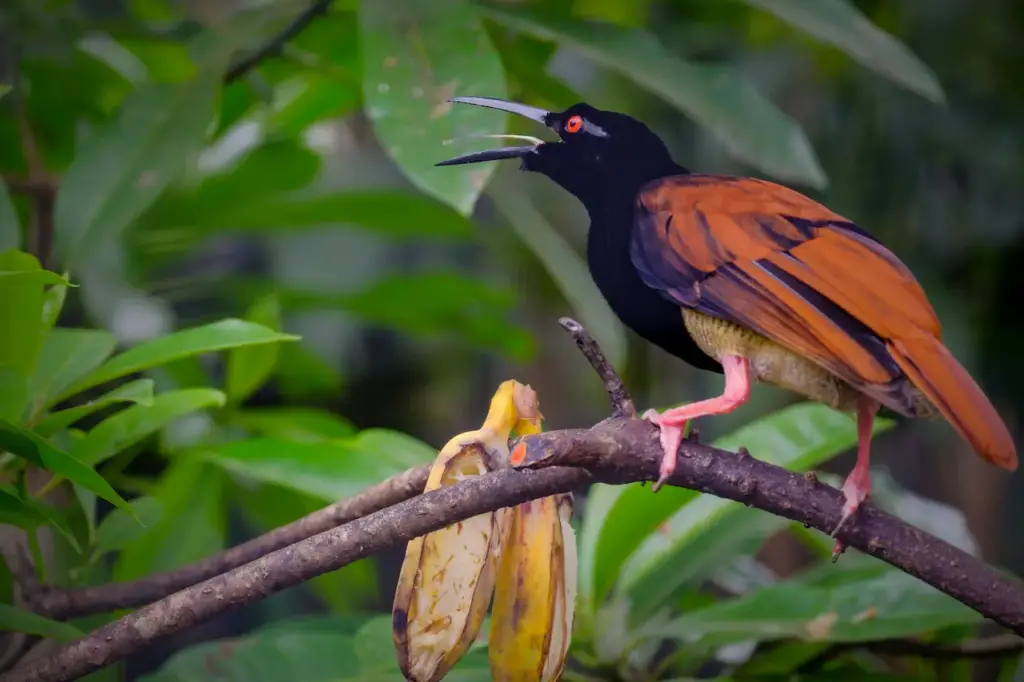
The small, up to middle sized passerine birds mostly live in the dense rain forests of New Guinea, but some species can also be found on the Maluku islands and in the northern part of east Australia.
Due to its famous inhabitants New Guinea is also called the ‘island of birds of paradise’. The national emblem as well as the flag of the independent state of Papua New Guinea even show a bird of paradise!
In total 42 species are recognized in the family ‘Paradisaeidae’ and the majority of the males have iridescent and brightly coloured plumage on their back, breast and tail feathers. During courtship the shining colours and feathers are presented to a female at special ‘leks’, or within the territory of a certain female. Therefore, the males of many species clear the ground or branches from foliage to be able to better draw attention to themselves.
Most species are polygynous, meaning that a male mates with multiple females, which are rather dully coloured with their brown-yellow plumage to blend in with their habitat. They alone care for the incubation of the eggs and the rearing of the young without the help of the male.
From trading expeditions in the early sixteenth century only the footless and wingless skins were known in Europe. Therefore, the representatives of this bird group were soon called ‘divine birds’ or ‘paradise birds’ as they were thought that they do not need wings at all.
The skins led to the belief that the birds never landed on earth before their death but were kept permanently aloft by the plumes.
Until the 18th century these stories were still believed to be true due to the lack of information about birds of paradise from the wild.
Weltvogelpark Walsrode keeps some species of these famous birds of paradise. One of the larger ones is the twelve-wired Bird of Paradise (Seleucidis melanoleuca) which inhabits rain and swampy forests in lowlands of New Guinea and the western Papuan Islands.
It feeds on fruits, especially the fruits of the pandanus or sago palm, but nectar, insects, frogs or lizards are also eaten. Twelve-wired birds of paradise can be very acrobatic while feeding – they can even hang upside down from branches to investigate holes in the wood for insects.
The males of this species are known for their conspicuous black-olive coloured head and wing plumes as well as their brightly yellow plumes on their breast and flanks. The tail feathers, twelve blackish wire-like filaments, emerge at the rear of the plumage and can be moved independently during courtship.
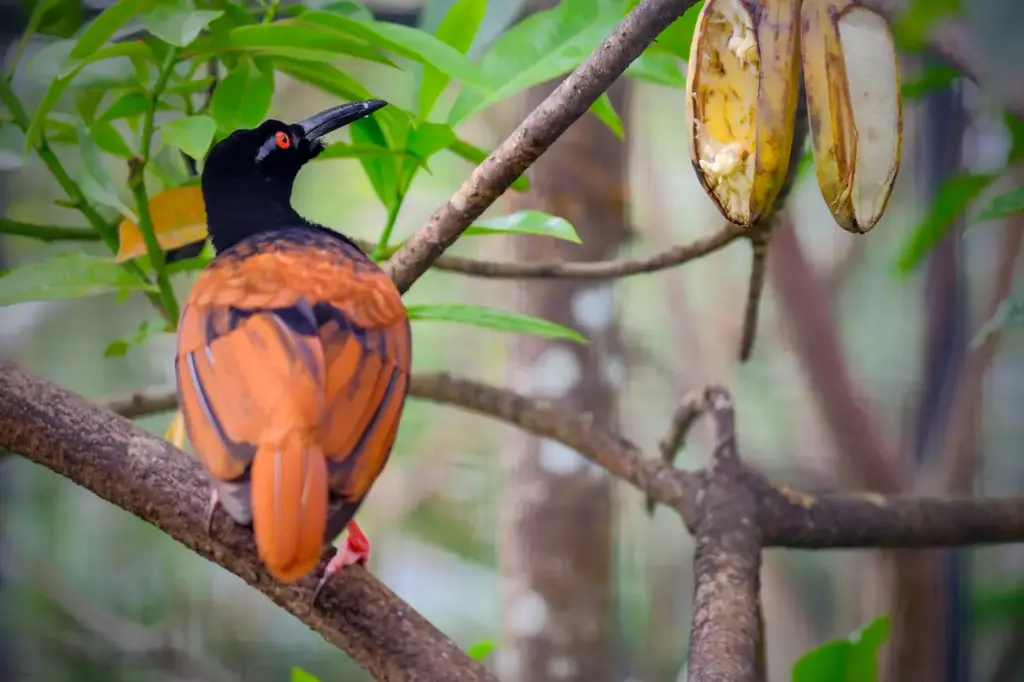
This species is polygynous and in the wild a single male mates with several females. To impress a female, males display on traditional, mostly dead vertical branches freed from leaves which tower above the treetops.
These typical branches are even defended from other males. Upon arrival of a female, the male moves his wings, the yellow plumes on his flanks, and his the twelve elongated tail feathers while jumping up and down on his branch and singing to impress the female.
This species can be seen in a zoological institution in Europe only in Weltvogelpark Walsrode. In the year 2008 Walsrode received a male twelve-wired bird of paradise, called ‘Van Dyke’, from Bronx Zoo in New York – nowadays already over 30 years of age!
It was believed that this bird can be shown in the exhibition to the visitors but is not for breeding purposes anymore – but all were wrong!
Despite the high age of the male, our female laid the first fertilized eggs in 2012, after being relocated to another enclosure in the rainforest hall! Since September 2012, a total of 7 chicks were already successfully hand reared.
In the wild, a female builds a shallow egg-cup shaped nest of small branches and leaves inside the bulky deep structure of pandanus bark and vines, which is padded with rootlets and plant fibres.
It is mostly placed in palm trees up to 14 m above the ground. Normally, one egg, rarely two eggs are laid. After the incubation period of approximately 20 days the chick hatches.
Three weeks later the nestling already leaves the nest. Our female made a nest by herself out of coconut fibres, twigs and leaves in her enclosure in our rainforest hall.
The pair is housed in a large aviary, but the male was always very interested in the nest and the female, and he destroyed the first eggs that were laid by the female. To make sure that no more eggs of this rarely kept bird species would get lost, all eggs laid by the female were now transferred into an artificial incubator. This way we could secure the eggs and rear 7 young birds successfully!
Due to the fact that this species is so rare in zoological institutions it was very important for us to secure offspring, and (unfortunately) artificial incubation was the best way to do this. The next egg that our female laid was thus transferred to an artificial incubator. The egg was exchanged with a dummy egg, so the female could continue incubation.
Meanwhile the real egg was artificially incubated at 37,4 °C and a humidity of 55 % until it hatched. Candling the egg after approximately one week can quickly reveal if the egg is fertilized or not. This procedure was used on all eggs that were laid afterwards.
After hatching all nestlings are transferred into the care of the hand rearing keepers, the vet and the biologist of Weltvogelpark. They are placed into a steel bowl padded with paper towels, an anti-slide-mat, coconut fibres or wood wool and housed in a closed and heated rearing machine.
On the first day, when the yolk in the belly is still being digested, a chick is only provided with a mixture of water and a ringer-lactate-solution. After approximately 35 hours the feeding starts, beginning at half past 5 in the morning until 11 o’clock in the evening.
In total the chick is fed 9 – 10 times per day – every two hours, which keeps the keepers very busy! In the beginning in Weltvogelpark the food consisted of the innards of one-day old mice enriched with lactobacilli to support and stimulate the digestion.
On the 5th day of age the food is already further enriched with more vitamins and small portions of low-iron pellets, which are especially designed for fruit eaters and contain a high amount of proteins. From day 9 onwards, peeled blueberries are fed as well.
The one-day old mice are now fed as a mash. Around the 15th day of age the food is expanded with T20 NutriBird Pellets for fruit eaters from Versele Laga: rich in proteins, vitamins and minerals as well. At this moment the eyes of the nestling are already open and the young is very attentive. Shortly afterwards the feathers break open and soon the nestling is entirely fletched.
In the whole growth period the temperature in the rearing machine has to match the needs and the growth of the chick. Beginning with 37,2 °C the temperature is slowly regulated downwards and always adjusted to the growth of the young. On day 14 the temperature has been lowered to 35 °C. In contrast to the temperature, the weight of the nestling is of course rising – tiny in the beginning, the chick is already weighing 21,5 g on day 6, 51 g on day 11 and on the 13th day of age it is already weighing 63 g.
Shortly before fledging the weight has risen up to 108 g. On the 25 day of age young twelve-wired birds of paradise leave the nest, now approximately weighing 119 g.
The artificial nest is placed in a rearing box a few days earlier so that the young can become accustomed to the surrounding. The box is only heated by an infrared lamp and is furnished with natural branches and twigs. During the night, it is still placed back into the heated incubator until it fledges.
Soon after fledging the chick is already very active and vivid. It is preening itself and closely observing the surrounding. At this stage the young bird needs much more energy than before and thus the amount of food has to be increased and fed to the young with a tweezer every hour.
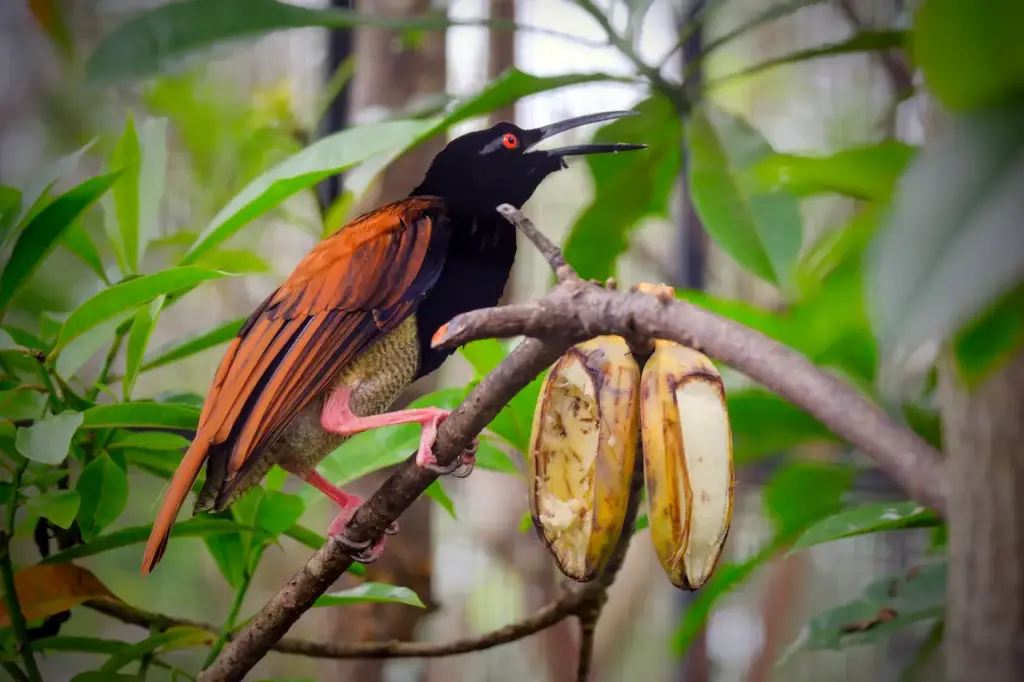
Additionally, a plate with a mixture of different fruits and T20 pellets from Versele laga is placed into the box so the fledged young gets to know the food.
Approximately from day 30 onwards the young can be seen more and more often at the food plate until it feeds actively by itself. In this phase the keepers still provide additional feedings for the young bird with the familiar tweezer.
The food is further enriched with small pieces of ripe mango and papaya. The amount of fruit and fruitpellets are increased, and at the same time the amount of meat is reduced.
From day 40 onwards, the now nearly fully grown juvenile bird is transferred into a large aviary, furnished with a variety of natural branches and twigs. It is now feeding by itself from the food plate, is very interested in the water bowl, and takes a daily bath. The new surrounding is being explored very actively. The room temperature is around 23 °C and the juvenile doesn’t need an additional heating lamp anymore.
All juveniles are coloured like females in the beginning so they mostly have brownish plumage. Even if the young bird is actually a male, the typical colouration of the plumes of a male is not totally reached before the age of 5 years.
Weltvogelpark Walsrode is very proud to have successfully reared twelve-wired birds of paradise. But of course we didn’t want to wait as long as five years (!) until the young birds actually show their sex by revealing their adult plumage.
Therefore, we tested all juveniles via DNA analysis of a feather sample. As it turns out, we have been very lucky with our chicks – 4 males and 3 females! We are now looking forward to see the young birds grow up and to care for them until they are sexually mature at the age of 4 – 6 years.
Literatur:
- del Hoyo, J., Elliott, A. & Sargatal, J. eds (2009). Handbook of the Birds of the World. Volume 14. Bush-shrikes to Old World Sparrows. Lynx Edicions.
- Tim Laman, Edwin Scholes (2012). Birds of Paradise: Revealing the World’s Most Extraordinary Birds. National Geographic
- BirdLife International 2012. Seleucidis melanoleucus. In: IUCN 2013. IUCN Red List of Threatened Species. Version 2013.2. Downloaded on 10 April 2014.
